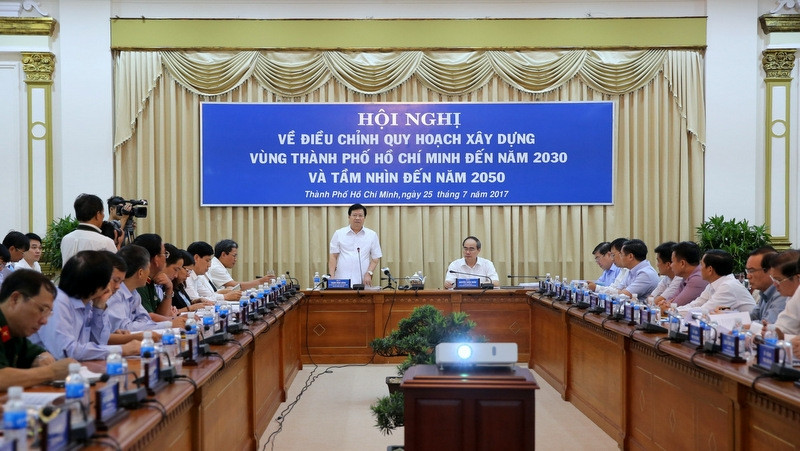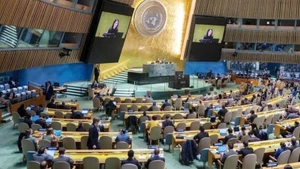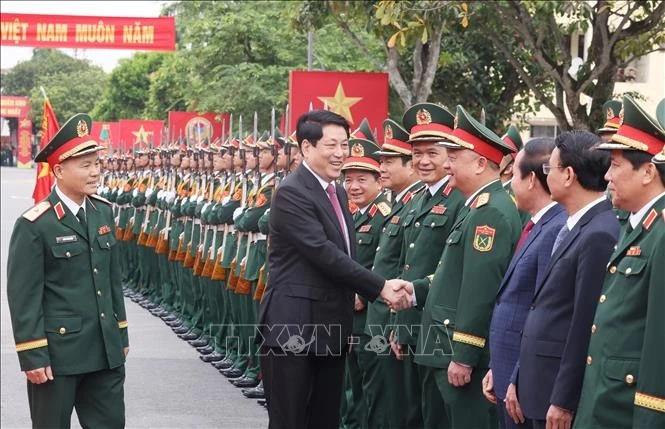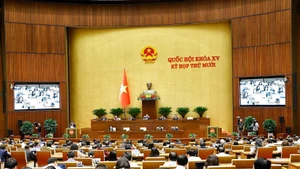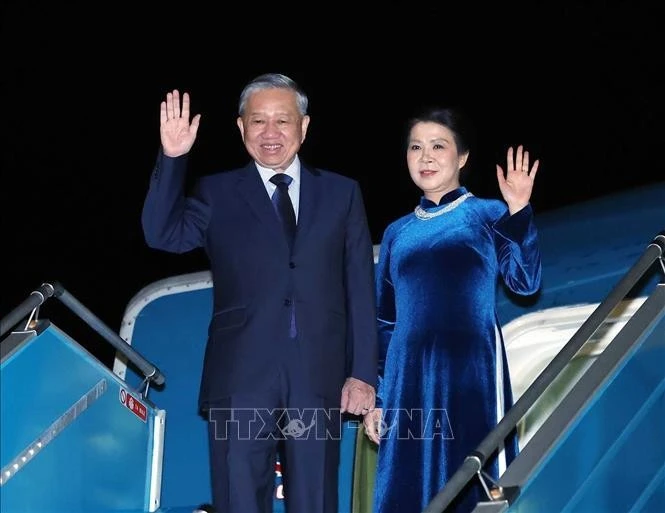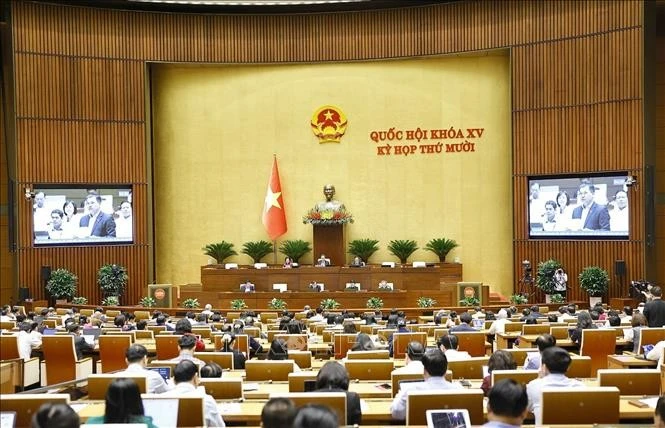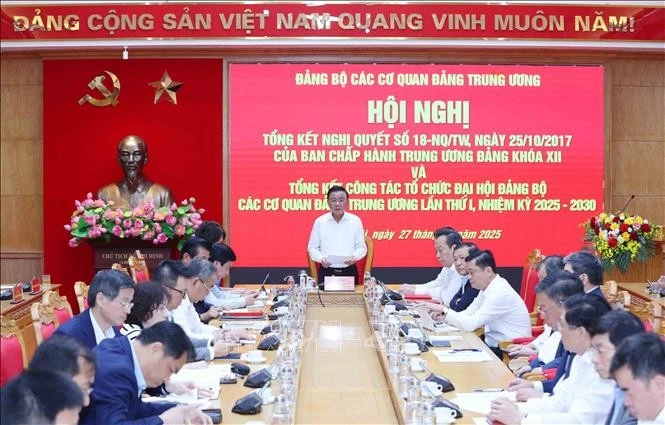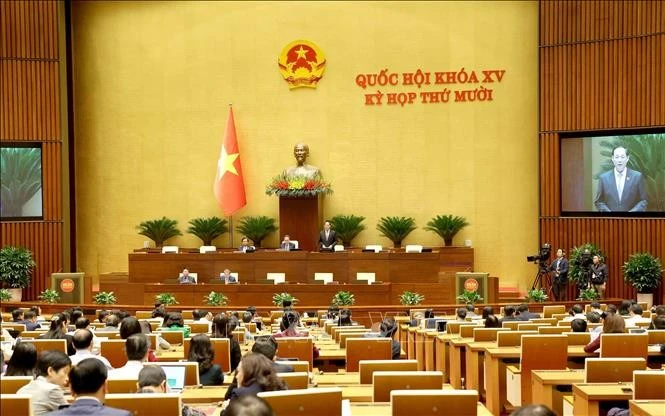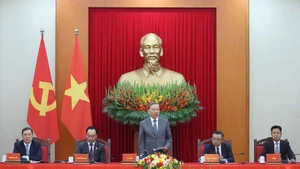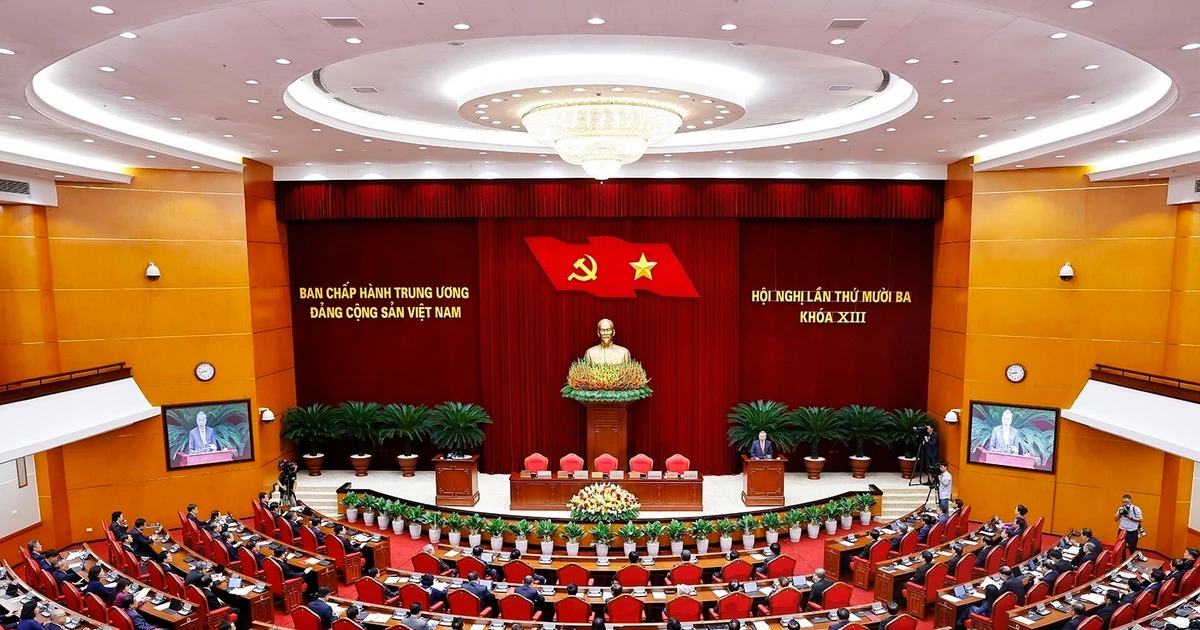The event was co-chaired by Politburo member and Secretary of the City’s Party Committee Nguyen Thien Nhan and Deputy Prime Minister Trinh Dinh Dung.
According to the plan, the region will consist of eight provinces and cities of the southern key economic region, including Ho Chi Minh City, Binh Duong, Binh Phuoc, Tay Ninh, Long An, Dong Nai, Ba Ria – Vung Tau, and Tien Giang.
Addressing the conference, Politburo member Nguyen Thien Nhan said that investment in transport connection between provinces in the region is not consistent with its role and contribution.
He also added that it is essential to identify four major fields in the plan including transportation connection; connectivity in flood control, water resources management and environmental pollution prevention; coordination in training and scientific research; and formation of a financial centre for the region.
At the conference, Deputy PM Trinh Dinh Dung emphasised that Ho Chi Minh City’s regional plan is very important to not only the south but the whole country as well as, as the region has a strategic position in Southeast Asia and the international seaport system.
He asked relevant agencies to accelerate the adjustment of the plan, particularly highlighting the role and position of Ho Chi Minh City’s economic region, specifying restrictions for development, properly evaluating the functions of provinces in the region, and clarifying the synchronous connection of the transport infrastructure system and implementation.
The Deputy PM also stressed the forecast of risks of population density in urban areas and climate change to find effective response measures during the adjustment of the regional plan.
